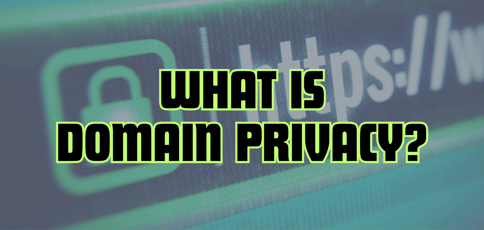
Domain privacy is a service domain registrars offer to protect clients’ personal information from being publicly accessible in the WHOIS database.
When you register a domain, the Internet Corporation for Assigned Names and Numbers (ICANN) requires registrars to collect certain information about you. This includes your name, address, phone number, and email.
Now, imagine a situation where you hand this information to your domain registrar without any form of privacy. Third parties could access and use your personal information for malicious reasons.
But with domain privacy, your personal information won’t appear online. Instead, if anyone tries to look up the domain’s owner, they’ll only see the registrar’s contact information. This added layer of privacy protects you from spam, phishing attacks, and potential identity theft.
-
Navigate This Article:
Understanding Domain Privacy
Let’s dig deeper into what domain privacy entails. We’ll also discuss the WHOIS database and what it does to achieve privacy for your domain.
What Is the WHOIS Database?
The WHOIS database is a publicly accessible registry that stores the registration details of domain owners. It’s like a public library that contains information about domains.
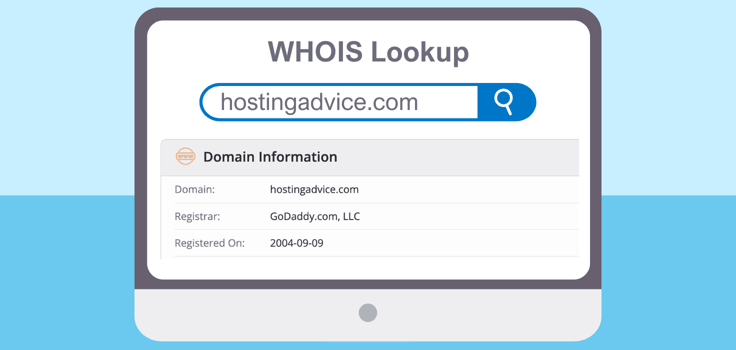
The whole point of having a WHOIS database is to make the domain registration process transparent and create a way to contact the domain owner for legal, technical, or business inquiries.
Risks of Public WHOIS Data
To understand the importance of domain privacy, think of a scenario where every Tom, Dick, and Harry can access your personal information by simply looking up your domain name. That’s not the situation you’d want to find yourself in.
Before you know it, you’ll start receiving unwanted spam emails and phone calls. Mind you, that’s the best-case scenario we’re talking about.
Worse case, it opens the door to identity theft and targeted attacks from cybercriminals who exploit personal information for malicious purposes. Publicly visible data can also attract stalkers or other individuals with bad intentions.
The Purpose of Domain Privacy
As discussed earlier, domain privacy services protect your personal information from the public eye. Here, you substitute your information with the domain registrar’s in the WHOIS database.
Domain privacy keeps your information secure and protects you from the risks associated with public data exposure, such as potential harassment and cyber threats.
Benefits of Domain Privacy
You now know how domain privacy works and the main purpose of setting it up. Let’s examine its benefits in more detail.
- Enhanced security: We’ve already seen that domain privacy shields your personal information from being publicly accessible in the WHOIS database. That alone reduces the risk of being targeted by malicious parties, such as cybercriminals. This protective barrier is especially important if your website manages sensitive information.
- Privacy protection: Domain privacy services replace your personal information in the WHOIS database with the information of a proxy service. This strategy makes sure that your personal information is not readily accessible on the internet. If anyone tries to look up the owner of your domain — you, in this case — they’ll only see the information of the proxy service. Later in this article, I’ll show you some examples of WHOIS search results for some of the most popular domains on the internet.
- Reduced spam: Because your personal information isn’t there for everyone to see, you’ll receive fewer unsolicited communications, such as spam emails, telemarketing calls, and direct mail. The main benefit here is that you’ll have a decluttered inbox and minimize the risk of encountering malicious spam. Note that some spam messages could even harm your systems, especially when attached to a virus.
- Identity theft prevention: Keeping your personal information hidden from the public domain records is a great way to stay one step ahead of anyone who wants to steal your identity. Identity theft is a booming business on the dark web. Cybercriminals can use your information to commit fraud, damage your reputation, hide their crimes, and so on.
The bottom line is that domain privacy is an excellent way to protect you from people who may want to access your personal information, mostly for malicious reasons.
However, this privacy also works when you simply want to run a website or web application without disclosing your personal information to the general public, regardless of their intentions.
How to Set Up Domain Privacy
A new domain isn’t private by default. You need to configure domain privacy with your web host, registrar, or third-party service. Here are your options.
Domain Privacy Services
Domain privacy services are third-party providers that shield your personal information on the WHOIS database by replacing your details with theirs.
Let’s say your domain name is example.com. In that case, when someone looks up your domain on the WHOIS database, they’ll see something like this:
Domain Name: example.com
Registrar: Example Registrar, Inc.
WHOIS Server: whois.exampleregistrar.com
Domain Status: Registered and no contact information available
Registrar Privacy Options
Most domain registrars offer their own domain privacy options, just like the third-party services we discussed above. The key difference here is that domain registrars may include this service in your domain registration package.
You’ve probably encountered this before. For example, you bought a domain for $10 and then paid a small fee for domain privacy, all under the same roof.
Configuring Domain Privacy
You may also need to configure domain privacy using the control panel provided by your domain registrar. Look for domain management or privacy settings and select the option to enable privacy.
Note that most registrars will activate the privacy settings automatically once you select it during the domain registration process. In that case, you won’t need to do anything besides paying for the service.
Below, I’ll demonstrate how this process works, using Hostinger as an example.
To configure domain privacy at Hostinger, log in to your hPanel (Hostinger’s in-house control panel) and click “Domains.”
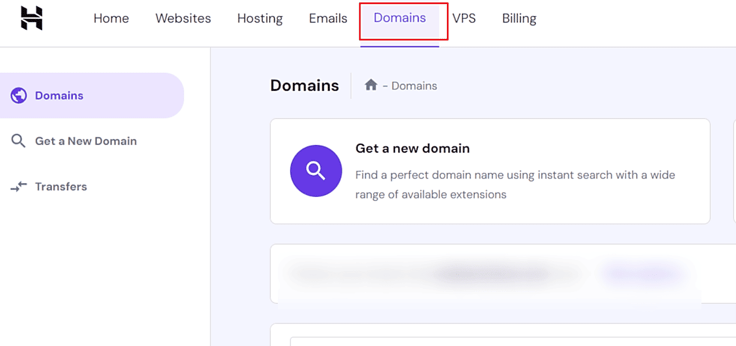
Under “Get a New Domain,” enter the new domain’s name and click “Search.”
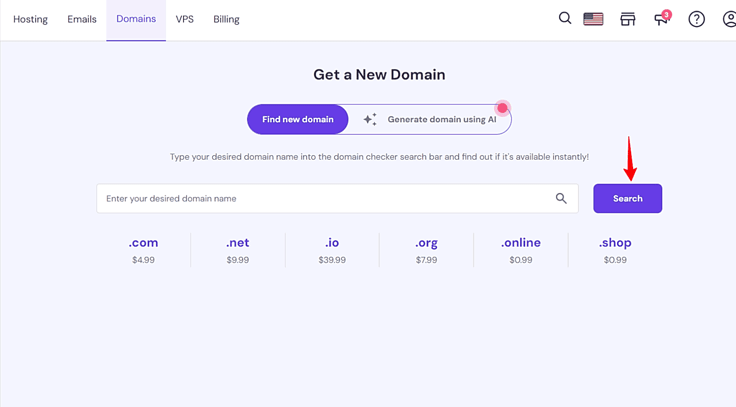
Assuming the domain is available, click “Buy Now.”
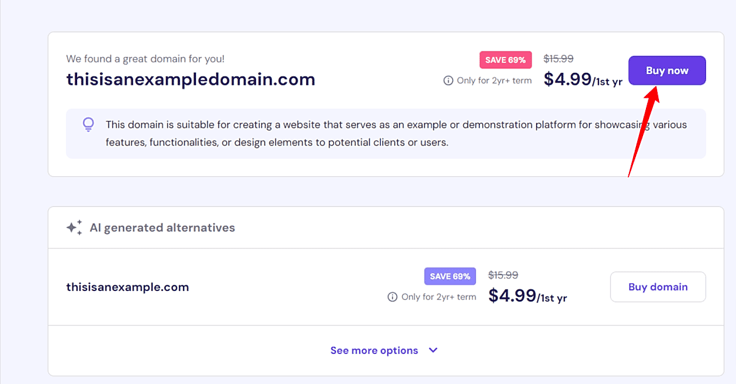
On the pop-up window, click “Complete Payment.”
You’ll notice that Hostinger has a free domain privacy offer that is valid for a year.
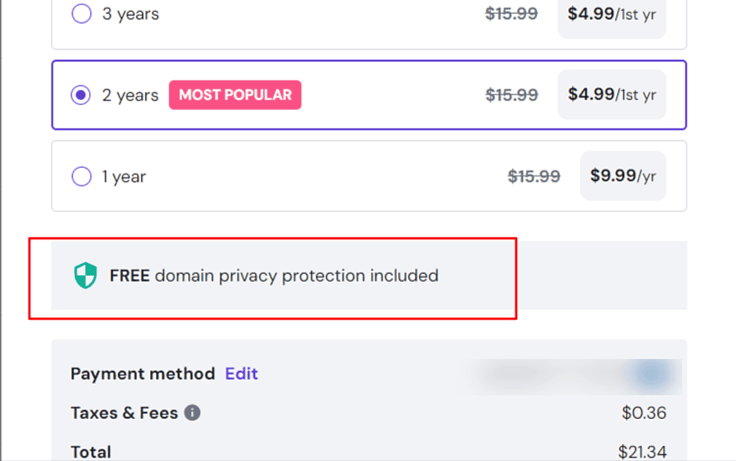
Now, assuming that you already have an existing domain with Hostinger and you’d like to add privacy protection, here’s what you need to do:
Head over to the hPanel and click on “Domains” once again.
Find the specific domain you want to protect. Click the Manage button next to the domain name.
On the Domain Overview page, locate the Privacy Protection option. Finally, use the toggle button to turn privacy protection on.
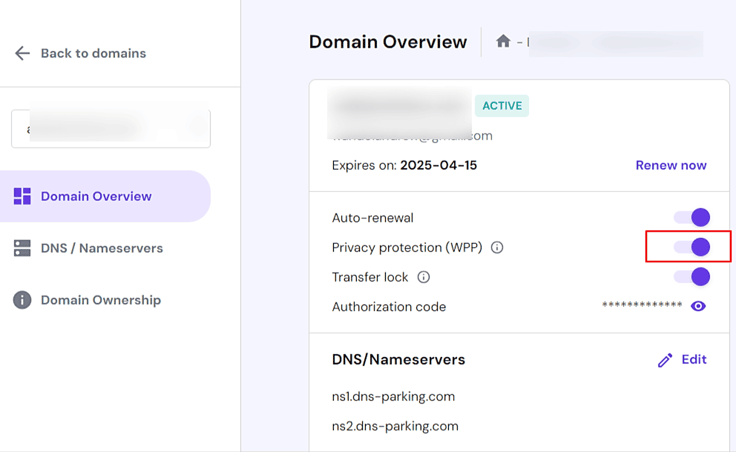
That’s it — you’ve successfully turned on domain privacy protection!
Considerations for Existing Domains
Domain privacy isn’t only an option when registering a domain. You can add this service to an existing domain. In most cases, you’ll need to log into your registrar’s website, locate the domain’s settings, and activate the privacy feature.
Some hosts will even send you alerts to remind you to add this service to your existing domain. Don’t ignore these messages. It’s cheaper to protect your privacy than to undo the damage caused by malicious parties with access to your personal information.
Balancing Privacy and Compliance
Privacy is undoubtedly important. But how you implement these measures matters. For instance, they cannot interfere with the legal responsibility of providing certain necessary information when needed, such as for law enforcement or specific legal actions.
Below, we’ll briefly review how to balance privacy and compliance.
Considerations for Legal and Regulatory Requirements
When dealing with domain privacy, one of the first things you need to do is consider specific legal requirements and regulations that may govern domain registration and privacy.
A good example is the General Data Protection Regulation (GDPR) in the European Union.
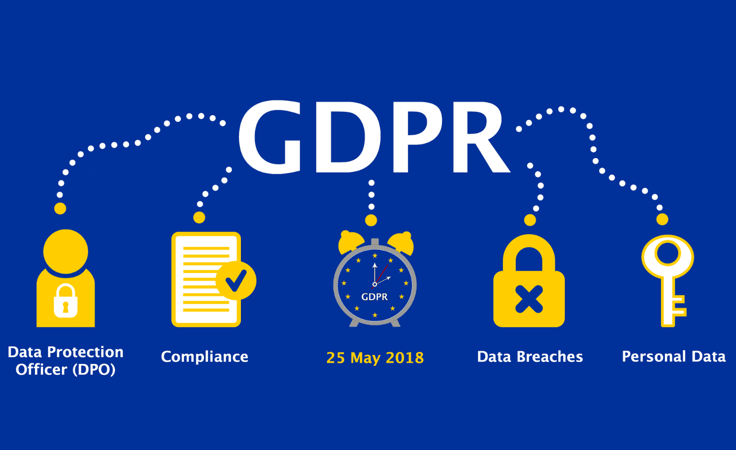
This law governs the processing and movement of personal data. Keep in mind that there may be additional local data protection laws in other jurisdictions.
The primary reason for having these laws is to ensure that when you protect your personal details, the service responsible for this process does so in a lawful, fair, and transparent manner.
Transparency and Accountability
It’s also important to ensure that domain registrars and privacy service providers handle data responsibly.
Just because these companies offer data privacy protection doesn’t necessarily mean that each complies with regulatory frameworks.
If possible, find out if they handle information with care and integrity. A good way to determine this is to check if there’s clear communication about how they use your data and if the privacy measures they have in place do not sacrifice accountability.
Examples
One of the best ways to understand and appreciate the importance of domain privacy protection is by looking at real-life examples of individuals or businesses that have implemented and benefited from this system.
Of course, we can’t review every domain on the Internet; there are more than 664 million domains worldwide. So, I’ll use three popular domains as examples.
NeilPatel.com
Neil Patel is one of the most popular digital markers today. His blog, NeilPatel.com, receives about 3.5 million monthly visits on average. If you look up the blog on whois.com, here’s what you’ll see:
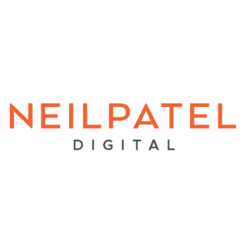
- The domain was registered at GoDaddy.com in 1997.
- The registrant’s contact name is marked as “Registration Private.”
- The contact information displayed belongs to the domain privacy service Domains By Proxy, the internet’s first WHOIS privacy service.
From the information above, you’ll notice that the domain privacy service has kept Neil Patel’s personal information private.
However, they’ve also published a phone number and email address you can contact if you have any questions about the domain. As we mentioned earlier, it shows the importance of balancing privacy and compliance.
HonestLoans.net
Honest Loans is one of the biggest payday loan providers in the country.

That makes it a potential target for scammers who would want to steal its information and use it to trick unsuspecting customers into securing loans or even paying loans they do not owe in the first place.
Now, let’s head over to its WHOIS information to see how it’s handled the domain privacy issue. Here are the key points:
- The domain HonestLoans.net is registered at Namecheap.
- You can’t see the registrant’s contact information.
- The email address provided doesn’t belong to Honest Loans; rather, it points to WithheldForPrivacy.com, the domain privacy service provider.
- The same applies to the contact information and physical address – they all point to the domain privacy company.
Again, this is a perfect example of how a domain privacy service can help conceal important information while revealing substituted contact information. For example, we’ve seen that Namecheap is the domain registrar for HonestLoans.net, but that’s all there is to know about the domain’s private information.
Yahoo.com
Yahoo.com is one of the world’s most visited websites. Let’s find out how this company protects its online privacy. To do this, we’ll look up the domain on whois.com.
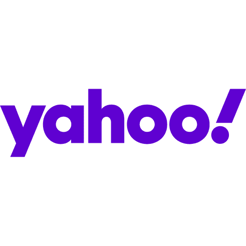
Here’s what I found:
- Yahoo.com was registered at MarkMonitor Inc. back in 1995.
- MarkMonitor is one of the world’s biggest domain protection services.
- About 50% of the world’s most visited websites use MarkMonitor for domain privacy protection.
- Besides the company’s name (Yahoo Assets LLC), there isn’t much to see in terms of private information when you look up the domain Yahoo.com on whois.com.
Yahoo.com wraps up our list of popular domains that have concealed their private information using a domain privacy service.
This domain, in particular, has even stricter privacy than the others we’ve reviewed. For perspective, we only get to see the company’s name, domain registration, and expiry dates — that’s it.
Protecting Your Identity Online With Domain Privacy
Today, we’ve learned that domain privacy isn’t something you can put off in hopes malicious actors never target you. Cybercriminals will do anything to get your private information, from dumpster diving to find your old receipts to looking up your unprotected domains.
The last thing you want is to find yourself in a situation where your private information is in the hands of malicious parties. As I mentioned, it’s more expensive and stressful to undo the damage these individuals inflict than to take the necessary steps to protect yourself.
Also, it’s worth pointing out that domain privacy isn’t only for well-known domains. Even small domains are at risk. For this reason, consider adding domain privacy protection anytime you purchase a new domain.
And if you already have an unprotected domain, it’s never too late to activate this service.







